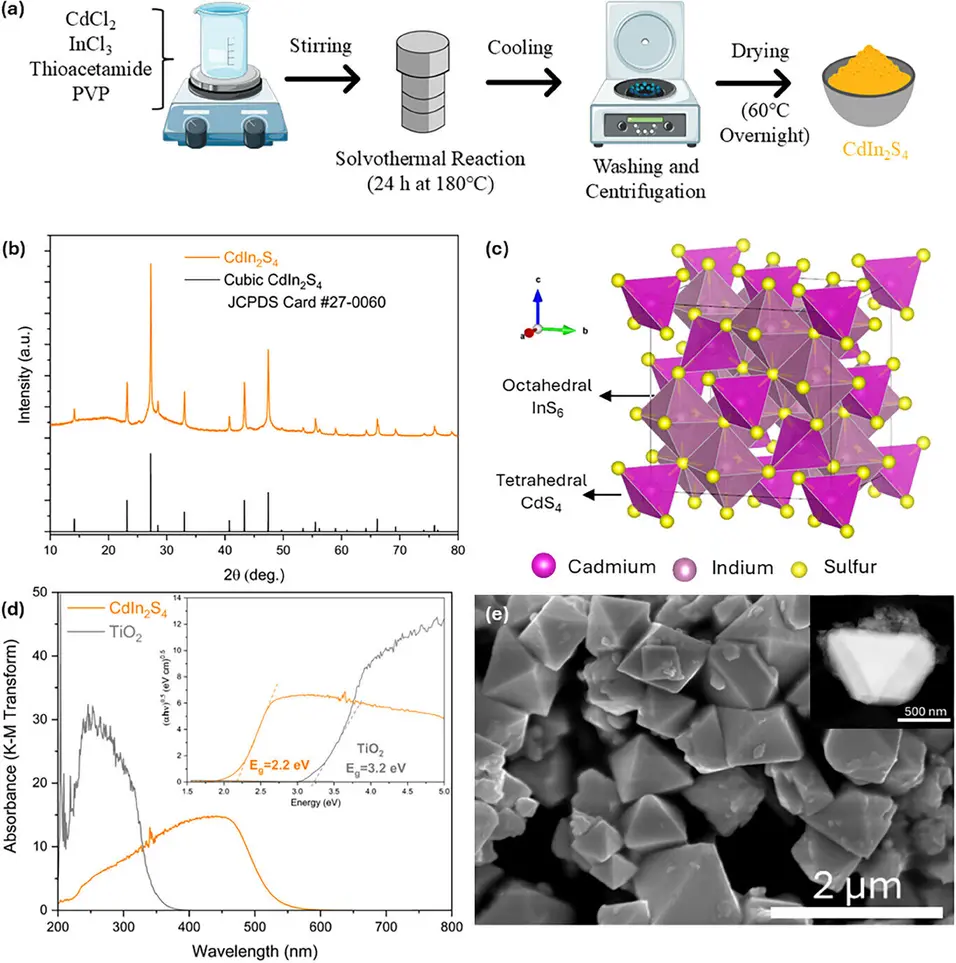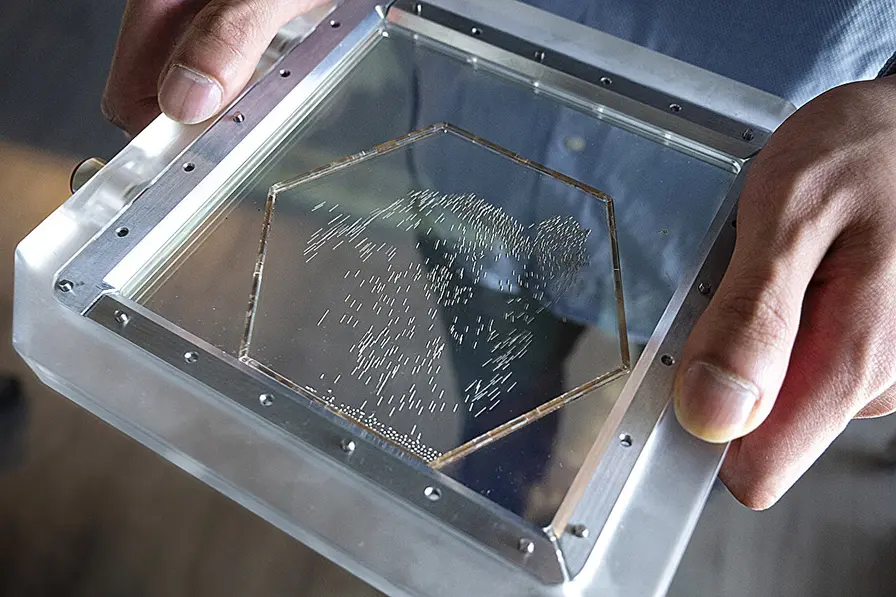T4K3.news
PFAS cleanup breakthrough via sunlight activated material
Australian researchers reveal a light driven catalyst that degrades PFAS in water to fluoride, published in Small.

Researchers at the University of Adelaide have developed a sunlight driven material that can degrade PFAS in water into fluoride and other harmless byproducts, offering a low energy path for cleanup.
Sunlight activated material turns PFAS in water into harmless fluoride
Researchers at the University of Adelaide report a sunlight activated material that degrades PFAS in water, breaking the chemicals down into fluoride and other harmless components. The results are published in Small. The approach could offer a low energy option for PFAS cleanup and has potential for integration into future water treatment chains.
The researchers say their material can first capture and concentrate PFAS and then degrade them when exposed to light. They caution that more work is needed to improve stability before large scale use and they plan to test the method in real water systems as part of ongoing trials.
Key Takeaways
"PFAS contamination continues to pose a global health risk, and this research represents a critical step toward safer communities and cleaner ecosystems."
Lead researcher Dr. Cameron Shearer on the stakes of PFAS remediation
"Our team has altered conditions and optimized the catalyst to target the PFAS-protective F atoms."
Mechanism explanation by the research team
"The produced fluoride can be isolated and used in health care products such as toothpaste or as additives to fertilizers."
Potential uses for byproducts
"We plan to build on this study through ongoing work improving the stability of the materials."
Future work and scalability plan
The study hints at a shift toward energy efficient, light driven cleanup of PFAS, which are notoriously resistant to breakdown. If proven scalable, the method could reduce the energy footprint of remediation while turning a pollutant into useful fluoride. Still, big challenges remain around material stability and cost, plus the regulatory steps needed to apply such a technology in drinking water networks. The work is promising but not yet a turnkey solution.
Highlights
- Our team has altered conditions and optimized the catalyst to target the PFAS-protective F atoms.
- The produced fluoride can be isolated and used in health care products.
- PFAS contamination continues to pose a global health risk.
- We plan to build on this study through ongoing work improving the stability.
PFAS remediation research faces deployment questions
The method shows promise but scaling in real water sources raises questions about stability, cost, safety, and regulatory approval. Lifecycle assessments and governance will shape whether it becomes a practical solution.
Scale and safety will determine the real world impact.
Enjoyed this? Let your friends know!
Related News

Study reveals risks of Dyson megaswarms' stability

New nonstick material reduces use of harmful chemicals

Henry Cavill exits The Witcher recast by Liam Hemsworth

Sun powered lunar bricks push toward a Moon base

Serious SharePoint Vulnerability Under Active Exploit

Online safety act tests privacy and tech sector

Trump signals peace talks with Russia ahead of Alaska summit

New research shows particles can act faster in crowds
